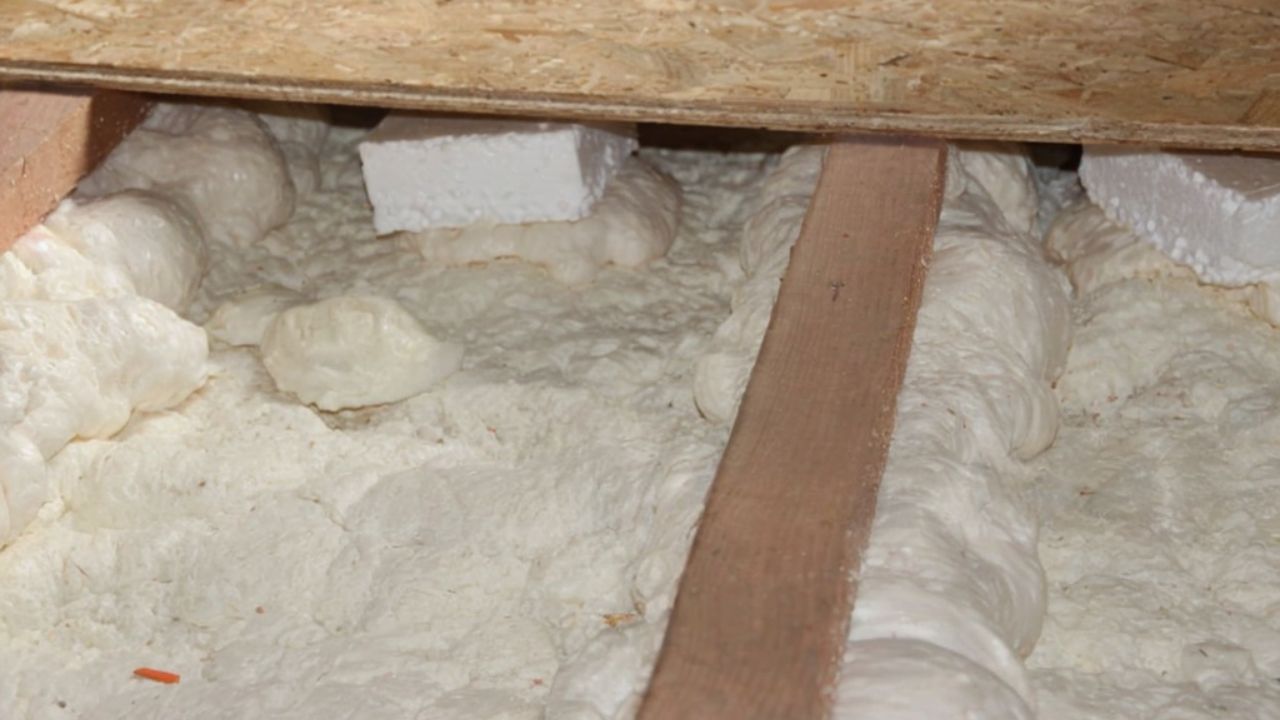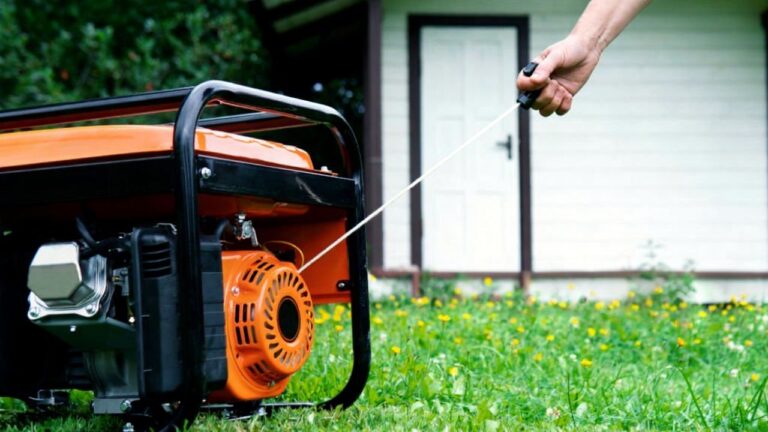Your floors feel cold because of this one mistake
If your floors stay icy even when the heat’s running, it’s not just the weather’s fault. Cold floors usually mean your house is leaking heat where you can’t see it—right under your feet. The mistake most homeowners make isn’t that they didn’t buy the right flooring or turn the thermostat high enough. It’s that they never insulated the space below.
Whether you have a crawlspace, basement, or open foundation, what’s underneath your home affects your comfort more than anything inside it. Once you understand how heat escapes through the floor, fixing it gets a whole lot easier.
The problem starts underneath
Most older homes were built with little to no insulation under the floor. Back then, heating was cheaper and energy standards didn’t exist, so builders skipped what they didn’t think was necessary. But air doesn’t care about old building codes—it still moves from warm to cold every time the temperature drops.
If there’s cold air under your floor and no insulation to block it, that chill moves straight through the subfloor and into your living space. You can turn up the heat all day long, but it won’t solve the real problem—it’ll just raise your power bill.
Even newer homes with insulation often have gaps where air seeps through cracks, open vents, or unsealed ducts. Those small leaks are enough to make the floor feel freezing even if the rest of the room is warm.
Crawlspaces are the biggest culprits
If your house sits on a crawlspace, it’s probably the reason your floors stay cold. Many crawlspaces are vented to the outside, which means winter air blows freely beneath your home. That cold air chills the flooring above it, especially in rooms over corners and edges where insulation tends to thin out.
The fix starts with sealing it off properly. Closing vents in winter helps, but for lasting comfort, the crawlspace needs to be insulated and air-sealed. Foam board or spray foam along the walls can block drafts, and insulating the rim joists prevents heat from escaping through the perimeter.
If moisture is an issue, a vapor barrier across the ground keeps damp air from creeping up and making things worse. You want your crawlspace to stay dry, sealed, and insulated like a mini basement—not an outdoor tunnel under your house.
Missing insulation leaves gaps you can’t see

Sometimes homeowners think their crawlspace or basement is insulated, but it’s not insulated well. Gaps between batts, sagging insulation, or missing sections around plumbing and wiring leave cold spots that transfer straight into the flooring.
Even a small section without coverage can make an entire room feel colder. The fix is to inspect and replace any loose or compressed insulation, especially around ductwork and corners. Rigid foam or closed-cell spray foam tends to perform best since it resists moisture and holds tight to the framing.
You don’t always have to redo the entire space—targeting the problem areas often makes the biggest difference.
Air leaks undo everything else
Insulation only works when air leaks are sealed first. If cold air is blowing through gaps in your subfloor, rim joists, or duct joints, you’re losing heat before insulation even has a chance to do its job.
Start by sealing the seams where ducts pass through the floor and walls. Mastic sealant or foil tape works far better than traditional duct tape. Next, check the plumbing and electrical penetrations along the floor joists. Expanding foam or caulk can close those gaps fast.
Once those leaks are sealed, the insulation can actually perform the way it’s supposed to—keeping the warm air in and the cold out.
Flooring material plays a smaller role than you think
Many people assume their floors feel cold because of the flooring type—tile, laminate, or hardwood. While some materials do feel cooler to the touch, they aren’t the main reason your feet freeze. If your subfloor is properly insulated, even tile floors will stay comfortable.
That said, adding rugs or carpet runners in high-traffic areas can help trap warmth and make a big difference in comfort. It’s a temporary fix, but it works especially well if you’re not ready to open up your crawlspace or basement yet.
Heated floors don’t solve an uninsulated house
Radiant floor heating can be a great upgrade, but it won’t perform well in a poorly insulated home. If the underside of your floor isn’t sealed and insulated, that heat you’re paying for will seep straight into the ground. You’ll spend a lot more on electricity or fuel to stay warm than you should have to.
If you plan to install a heating system like that, take care of the insulation first. You’ll spend less to heat your home and get more comfort from the system once it’s running.
Sometimes it’s the ducts, not the floor

If your HVAC ducts run through an unheated crawlspace or basement, any heat lost along the way means less warm air reaching your living spaces. You could be heating the underside of your house instead of the rooms above it.
Wrapping ducts with insulation sleeves or tape keeps the warm air where it belongs. It also improves efficiency and helps your furnace cycle less often, which saves on energy bills too.
The fix pays off fast
Sealing and insulating the space beneath your home can lower heating costs, reduce drafts, and make your floors feel warm again—without cranking up the thermostat. It’s one of those upgrades that pays off the first winter you do it.
Once your crawlspace or basement is sealed, your floors won’t feel like ice every morning, and your home will hold heat longer. That one overlooked mistake—ignoring what’s under your house—is usually all that’s standing between you and a comfortable winter.
Like Fix It Homestead’s content? Be sure to follow us.
- I made Joanna Gaines’s Friendsgiving casserole and here is what I would keep
- Pump Shotguns That Jam the Moment You Actually Need Them
- The First 5 Things Guests Notice About Your Living Room at Christmas
- What Caliber Works Best for Groundhogs, Armadillos, and Other Digging Pests?
- Rifles worth keeping by the back door on any rural property
*This article was developed with AI-powered tools and has been carefully reviewed by our editors.







